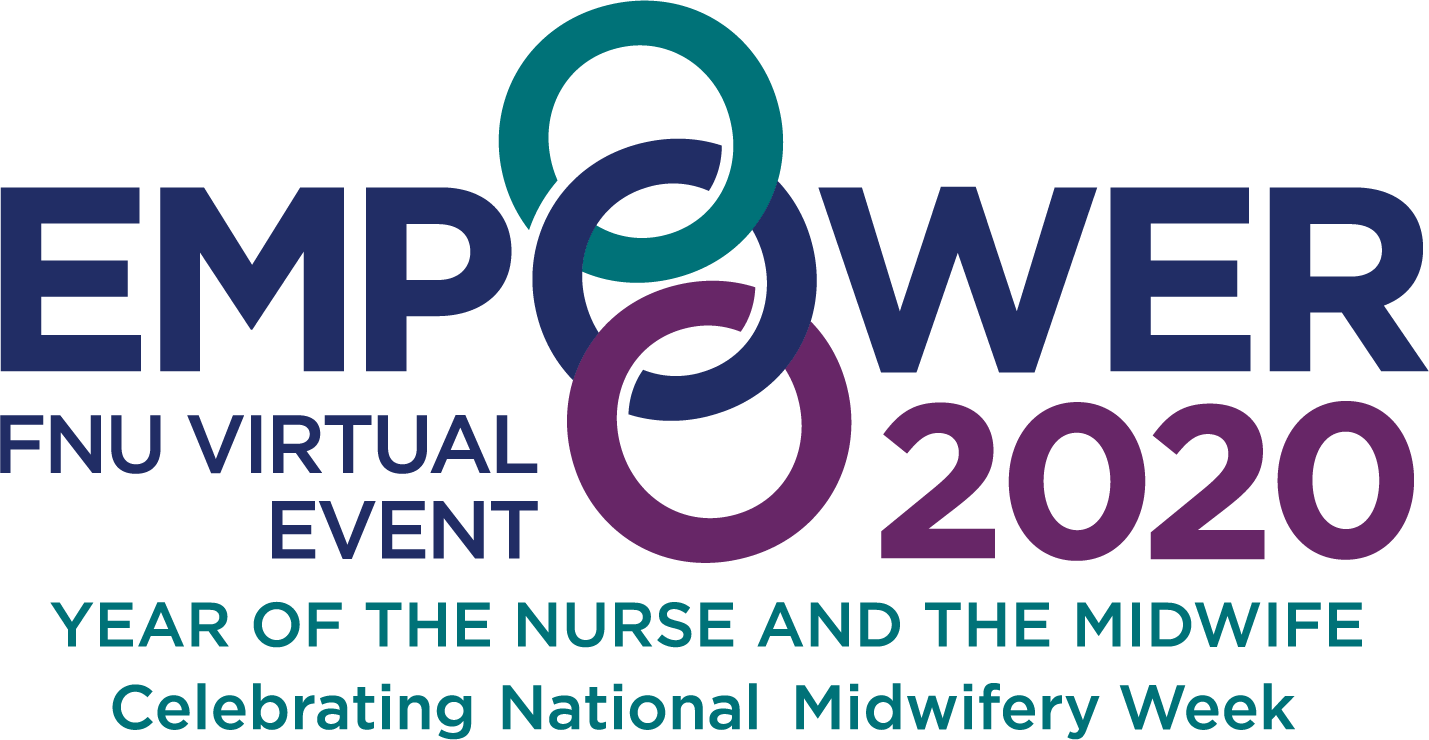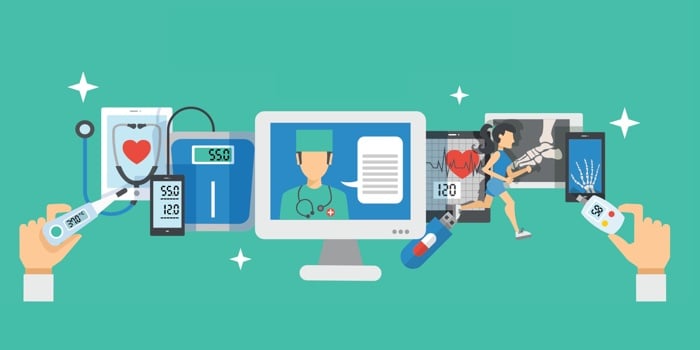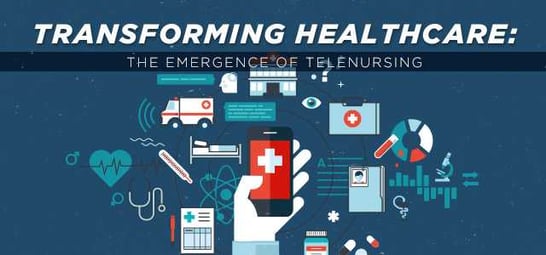The Nursing profession is evolving rapidly, and with the rise of technology and telehealth, Nurses now have more opportunities than ever to work remotely. Virtual Nursing jobs offer flexibility, work-life balance, and the ability to impact patient care from anywhere. Whether you're looking for a full-time remote position or a side gig, here are some of the top virtual job opportunities for Nurses.
Telehealth Nurse
Telehealth Nursing is one of the most popular remote Nursing roles. Nurses provide patient consultations over the phone or via video conferencing, assessing symptoms, offering medical advice, and determining whether further in-person care is needed. Many hospitals, clinics, and insurance companies hire telehealth Nurses to support their patients.
Case Manager
Remote case managers work with patients to coordinate their healthcare needs. They ensure patients receive the appropriate care, manage chronic conditions, and help navigate insurance and treatment plans. This role often requires experience in discharge planning or utilization review.
Nurse Educator
Nurses with a passion for teaching can work as virtual Nurse Educators. They may teach Nursing students in online programs, create continuing education materials, or train staff for healthcare organizations. Many universities and private companies hire Nurse Educators for online instruction.
Medical Writer or Nurse Blogger
If you have strong writing skills, medical writing could be a great fit. Nurses can create content for healthcare websites, blogs, pharmaceutical companies, or medical journals. Topics range from patient education to clinical guidelines, making this a diverse and flexible career option.
Nurse Health Coach
Health coaching is a growing field where Nurses help individuals achieve wellness goals. Virtual Nurse health coaches work with clients on weight management, chronic disease prevention, mental health, and lifestyle changes. This role is ideal for Nurses passionate about holistic health and patient empowerment.
Insurance Nurse Consultant
Insurance companies hire Nurses to review medical claims, assess treatment plans, and determine medical necessity. Remote utilization review Nurses and claims analysts ensure healthcare services are appropriately provided and documented, reducing fraud and improving efficiency.
Online Nurse Consultant
Experienced Nurses can provide consulting services for legal cases, healthcare businesses, or education programs. Legal Nurse consultants assist attorneys by reviewing medical records for malpractice cases, while healthcare consultants help improve clinical workflows and policies.
Remote Clinical Research Nurse
Clinical research Nurses work on trials for new medications and treatments, monitoring patient progress and ensuring compliance with research protocols. Some companies allow research Nurses to work remotely, focusing on data analysis, documentation, and patient follow-ups.
Virtual School Nurse
Many schools now offer telehealth services, and virtual school Nurses provide remote care for students. They assess symptoms, offer guidance for minor illnesses and injuries, and collaborate with parents and school staff to support student health needs.
Remote Triage Nurse
Triage Nurses assess patients over the phone or online to determine the severity of their symptoms and guide them to appropriate care. These positions are often available through hospitals, insurance companies, and telehealth platforms.
Benefits of Virtual Nursing Jobs
-
Flexibility: Work from home, set your own schedule, and maintain a better work-life balance.
-
Reduced Burnout: Many Nurses experience less stress in remote roles compared to traditional bedside Nursing.
-
Diverse Opportunities: Nurses can explore different specialties and roles outside of direct patient care.
-
Location Independence: Work from anywhere with an internet connection, making it ideal for travel-loving Nurses or those in rural areas.
Virtual Nursing jobs are transforming the healthcare landscape, offering Nurses new ways to apply their expertise beyond the hospital setting. Whether you’re seeking more flexibility, a change in pace, or new career growth, remote Nursing opportunities provide a fulfilling and viable path forward.
If you're considering a virtual Nursing job, now is the perfect time to explore your options and take the next step in your Nursing career!


 National Midwifery Week is the first week of October, and Frontier Nursing University (FNU) is celebrating by hosting a
National Midwifery Week is the first week of October, and Frontier Nursing University (FNU) is celebrating by hosting a  During this global health crisis, telehealth is an effective solution for the prevention and treatment of COVID-19.
During this global health crisis, telehealth is an effective solution for the prevention and treatment of COVID-19. 
 According to
According to  In many cases, patients are now able to access their health care providers through video conferencing, instant messaging, email and other forms of technology. This field, known as telehealth, is growing due to the demand for greater access and convenience in health care, according to
In many cases, patients are now able to access their health care providers through video conferencing, instant messaging, email and other forms of technology. This field, known as telehealth, is growing due to the demand for greater access and convenience in health care, according to 